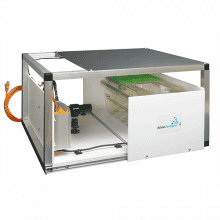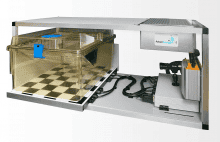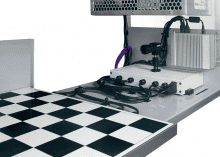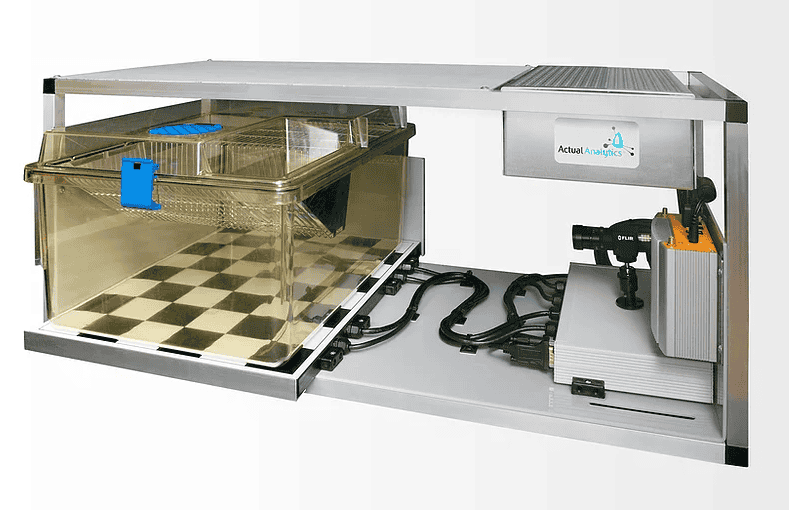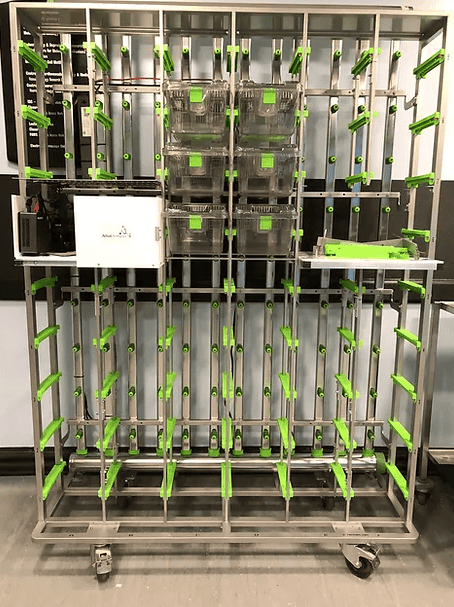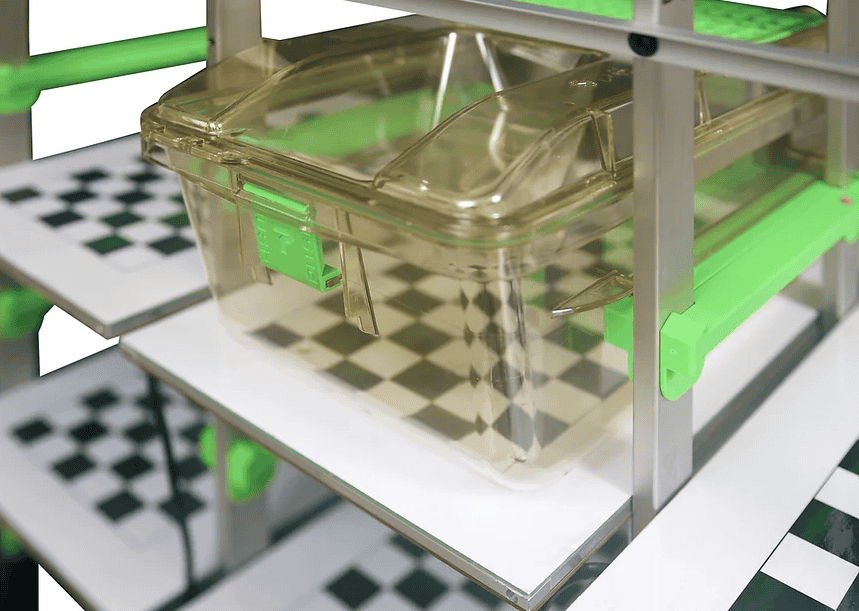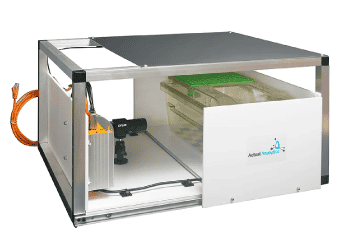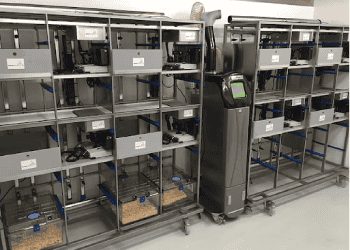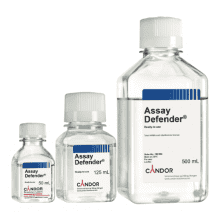1. How long will the system run for?
As long as is needed. The Home Cage Analyzer captures data 24 hours a day, 7 days a week, ensuring you never miss key events.
2. How many rodents can be tested in one cage?
Three is optimal to achieve highly accurate identification and tracking. Four may be possible, however as numbers increase there will be more events where the video is occluded.
3. Is the system different for mice and rats?
Yes. Mice and rats obviously differ in size, as do their cages, so the systems are calibrated accordingly. Different baseplates are required for each species. In the case of mice, smaller RFID chips may be used (subject to system setup), however only the Biomark Biotherm 13 will provide temperature data.
4. Do I need to fund any of my own equipment?
Installation, support, software, and the entire system are all included. You only need to provide your own standard cages and rodents. Behavioral analysis will require the use of a server.
5. How will different enrichment, such as "huts", and different bedding impact activity?
Bedding comes in various forms, but very thick bedding can lead to poorer data. Enrichment is no problem; translucent red plastic tubes are very easy to integrate as the HCA's infra-red camera can see right through them. If you use opaque plastic or cardboard the camera will not be able to detect rodent behavior, but positional data collection from the RFID chip is retained.
6. How quickly can I see my data?
The first experimental data can be accessed after 15 minutes. Each cage has an individual local computer that gathers the raw data: the video feed and the feed from the baseplate. This data is stored safely locally and gathered by a server unit every few minutes. If you have outside access to your server, you can access this raw data remotely. Within minutes of the trial starting, you start to receive data.
All video is stored by default, and you have full control over the storage and retention of the data. As soon as the data reaches the server the analysis begins, in order to overlay the behavioral analytics onto the data. It is also possible to conduct analysis during the experiment – the experimental data can be exported into a statistical package like Microsoft Excel for further study.
7. What, if any, are the size restrictions for the rodents? Is there a suggested body weight range to ensure proper tracking?
We have not come across any animals that are too large or small yet. Very young pups may be too small for the RFID tags.
8. How do you analyze the "cage" factor in pharmacology studies when animals are housed in collective cages?
In collective cages, you can run all animals under the same treatment regime or put them in mixed groups. The choice depends on the study design and what other tests are planned for the animals. With either variation, individual identity retention and tracking means you can automatically measure interactions between cage mates during the study. You will also have the videos if specific dominant traits need to be confirmed.
9. Regarding the automated scoring algorithms, what tracking information is going into the classifiers? Can the user train new classifiers for behaviors?
Each algorithm is different. For any new behavior, we typically collect a set of ground truth annotated examples in the system in collaboration with an expert user in the domain. We then review a small selection, propose draft solutions, and implement a test version that we refine on the larger dataset (retaining samples for validation testing).
Once the user and ourselves are satisfied that the algorithm is useful, we integrate it into the suite that is run on the analysis server. Once added, revisions can be rolled out as it is improved. At present, users cannot train their own classifiers within the system and will need to work with us.
10. Are there specific brands or types of IVC units it is designed for?
Yes, we have working systems using Tecniplast Blue Line and Green Line and Allentown Type 2 cages. Others are available upon request.
11. How do you deal with animals being hidden behind cage mates or bedding/nesting material?
The baseplate and RFID do the majority of that work. Even when the animals are hidden you can still identify who is who, their location, and how mobile they are. The camera experiences rare occlusion events, but these are minor in the context of the entire multi-day data set.
12. What are the computer and network requirements (infrastructure) on the front and back end to adequately drive the analysis software and collect data?
We supply the front-end software with each system. The back end requires a server, but we have designed such that low specification workstations/servers can be used. Most of our customers use sub-$2000 servers for four to eight cages. The systems need network access (typically DHCP) but this can be within a confined intranet. 100BaseT or gigabit Ethernet is ideal. The systems can be accessed remotely, but this needs to be handled by your local network support team.
13. What are the 3Rs benefits?
- Refinement: The behavioral data collected is entirely non-invasive and based on observing group behavior in the home cage.
- Reduction: The quantity of longitudinal data gathered provides additional statistical power, meaning fewer animals are required.
- Replacement: Use data stored on your computer from previous experiments to reanalyze using different parameters.
14. What else can the system be used for beyond the examples given?
The system will automatically detect abnormal motor events. Instead of examining hours of video footage, you can simply manually assess the abnormal behavior and verify the event; a convulsion, for example. ActualHCA also offers exciting possibilities for defining aggression better and timing mating properly, which in turn offers the opportunity to study fertility much more closely. In addition, the opportunity to study the social interaction of rodents within their true home cage is valuable. The system is designed to ensure that all the raw data is securely stored, for as long as you need or want it. If you want to apply new algorithms to existing footage instead of repeating an experiment, you can.
15. Can the system be used and controlled remotely?
There is the ability to export a live feed. If you have the appropriate network connections, you can see what's happening live or log into the server with a short delay.
The system requires very little configuration once it's up and running. Studies can use ActualHCA successfully for days, weeks, or months.
 HCA Mouse Desktop
HCA Mouse Desktop

